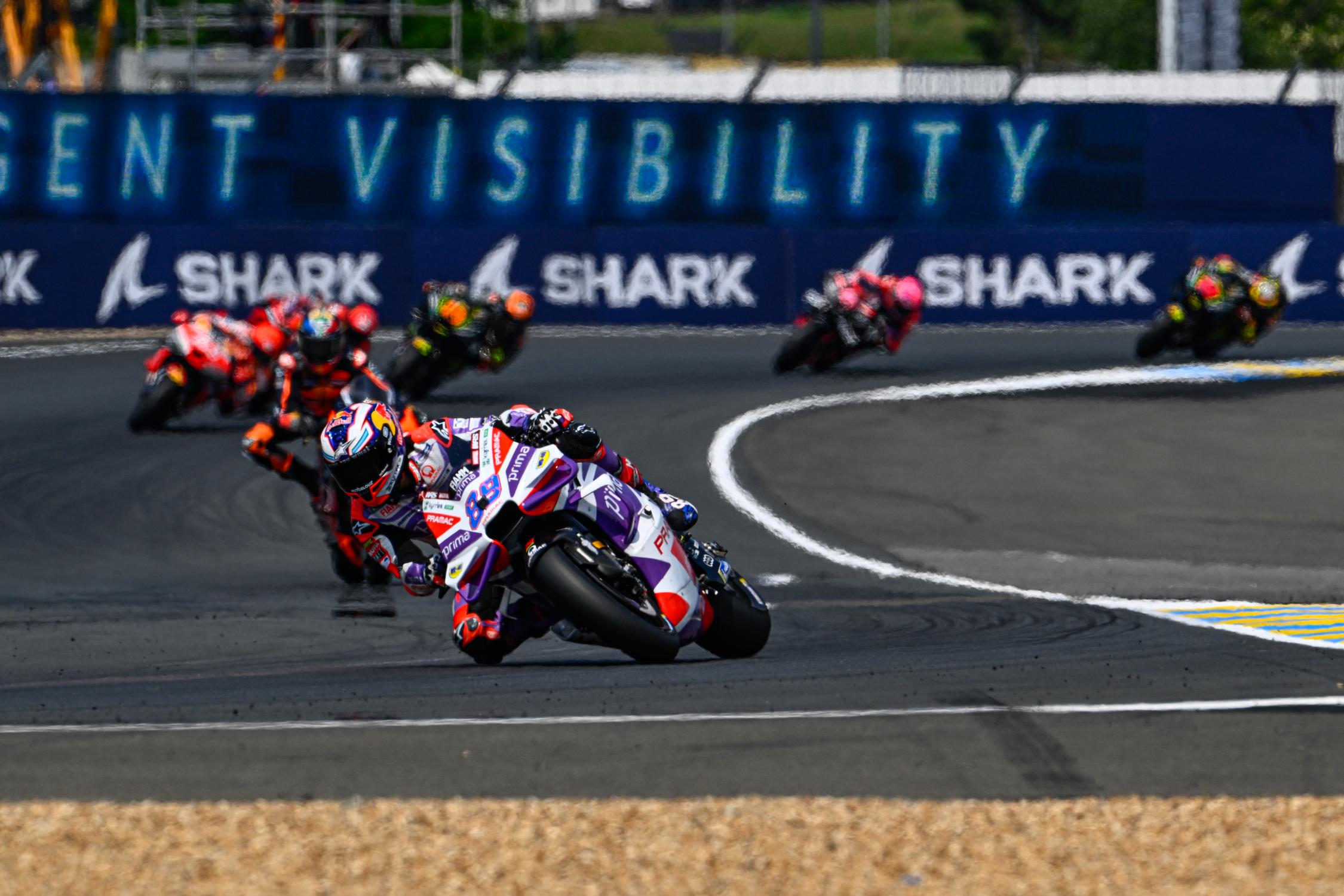Pecco Bagnaia reigns supreme at the Sachsenring with his 15th career pole position in MotoGP. Back-to-back pole positions for the world champion as the incredible run of form continued here in Germany.
A Sachsenring stunner here and a qualifying session full of drama. After a sea of yellow flags and laps cancelled, it was the Bologna bullet holding out at the end of Q2 to take pole position.
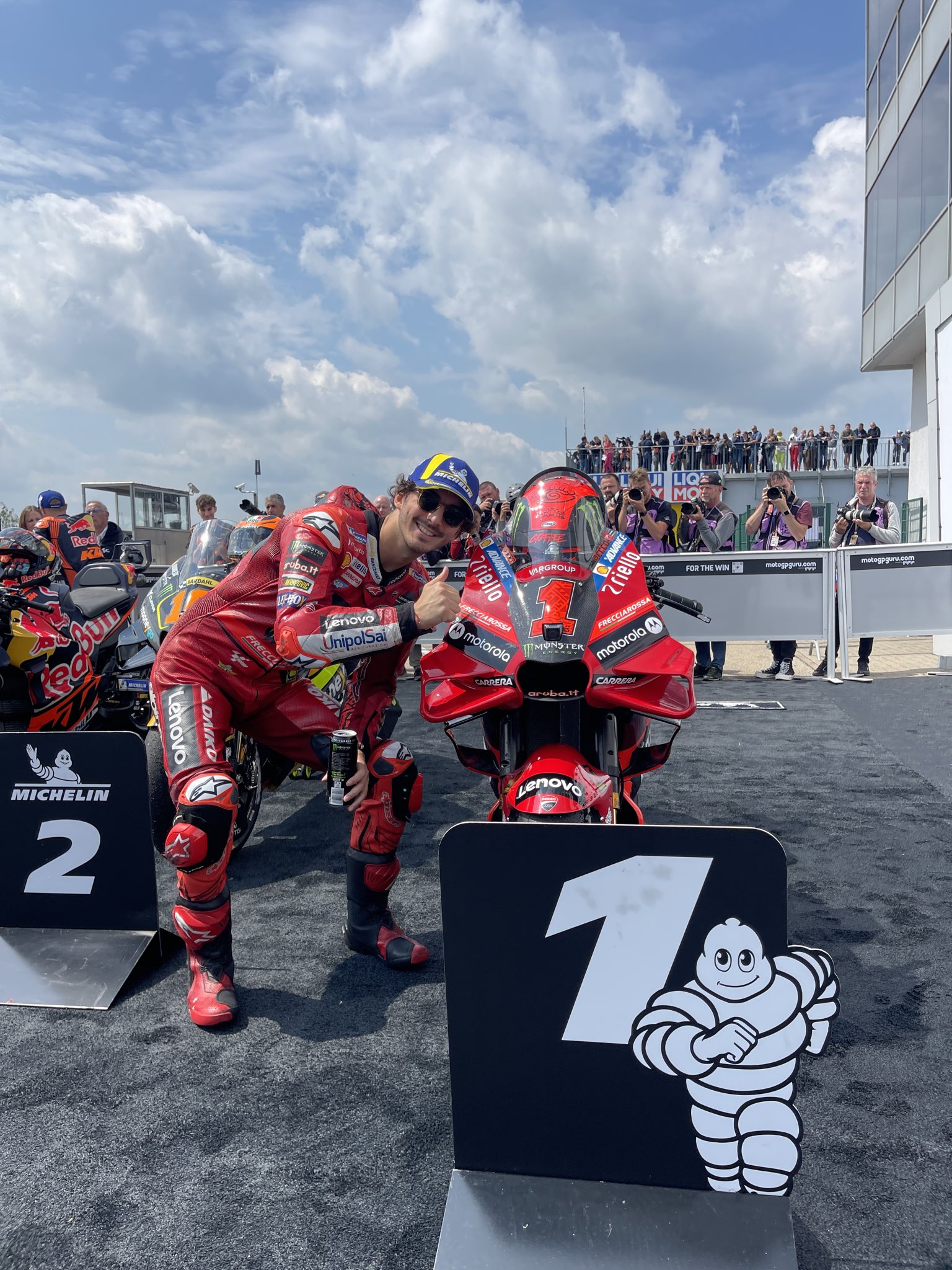
Image Credit: Ducati Corse
QUALIFYING 1
Nicknamed the SachsenKING, Marc Marquez lead the pack of riders into Q1 on an ever changing track and set the benchmark time for the rest of the riders to chase posting the fastest time early on in the session.
With eight minutes left of the session, Marquez headed back out on the medium rain tyres to see if the track was ready for slicks, only to end up sprinting back to the pits for the spare bike, after the first of what turned into many falls throughout qualifying session for Marquez.
With time ticking away and riders in the pits looking on, they all had a tough call to make on what tyres to head back out on for the rest of Q1. After advice from his KTM teammate Jack Miller, Brad Binder was the first to gamble and head out onto the track on slick tyres.
With 30 seconds remaining of Q1, only two riders had the slick tyres on and this proved to be the right call with Binder and Marquez moving into Q2.
QUALIFYING 2
The battle for pole was on and with the sunshine now beating down onto the circuit, all of the riders headed out onto the track with slick tyres.
With ten minutes of the session remaining, Marquez was on course to posting the fastest time only to go over the handlebars coming out of turn 13. Marquez yet again seen sprinting back to the pits determined to get back out in Q2.
With Luca Marini now crossing the line going quickest, we then saw teammate Marco Bezzecchi crash out at turn 13. A copy cat like crash to the one we saw only moments earlier with Marquez. With yellow flags now waving in sector 4 and with Bezzecchi now sprinting back to the pits, we were set for a hectic battle for pole in the second half of the session.
With just two minutes left to go in Q2, Johann Zarco goes quickest only to be topped a few seconds later by Miller. Fastest lap times just kept coming as we were shaping up for a thrilling finish to Q2.
Then just as all of the sectors lit up in yellow flags, Marini posted the quickest time only to be fractionally topped by Bagnaia, which would turn out to be pole position with a lap time of 1’21.4090 seconds. Just 0.078th of a second quicker to Marini in second place.
With Zarco going down and another fall from Marquez forcing the yellow flags, it caused a bunch of riders lap times to be cancelled and in doing so kept Bagnaia on top to take pole position.
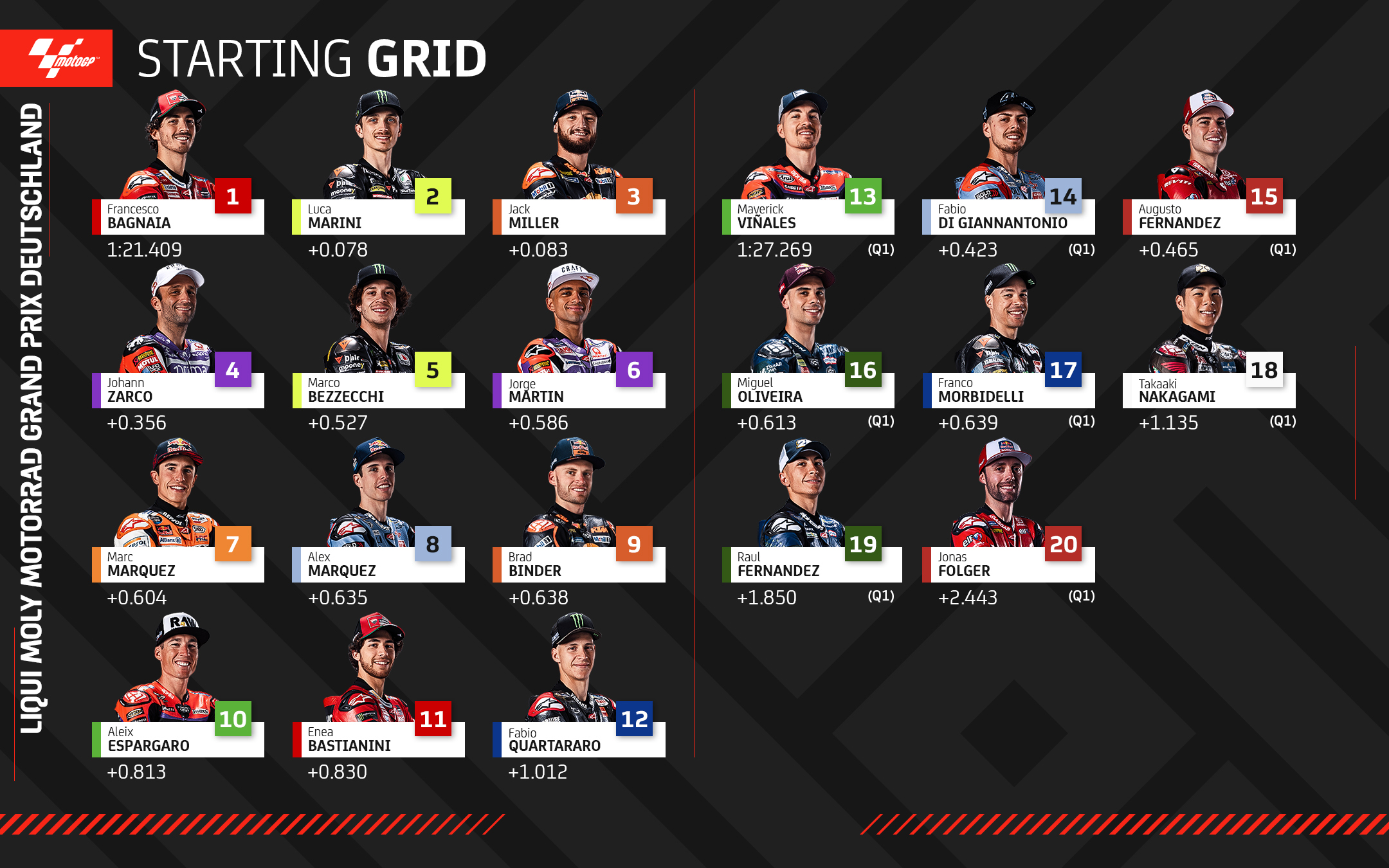
Feature Image Credit: courtesy of Ducati
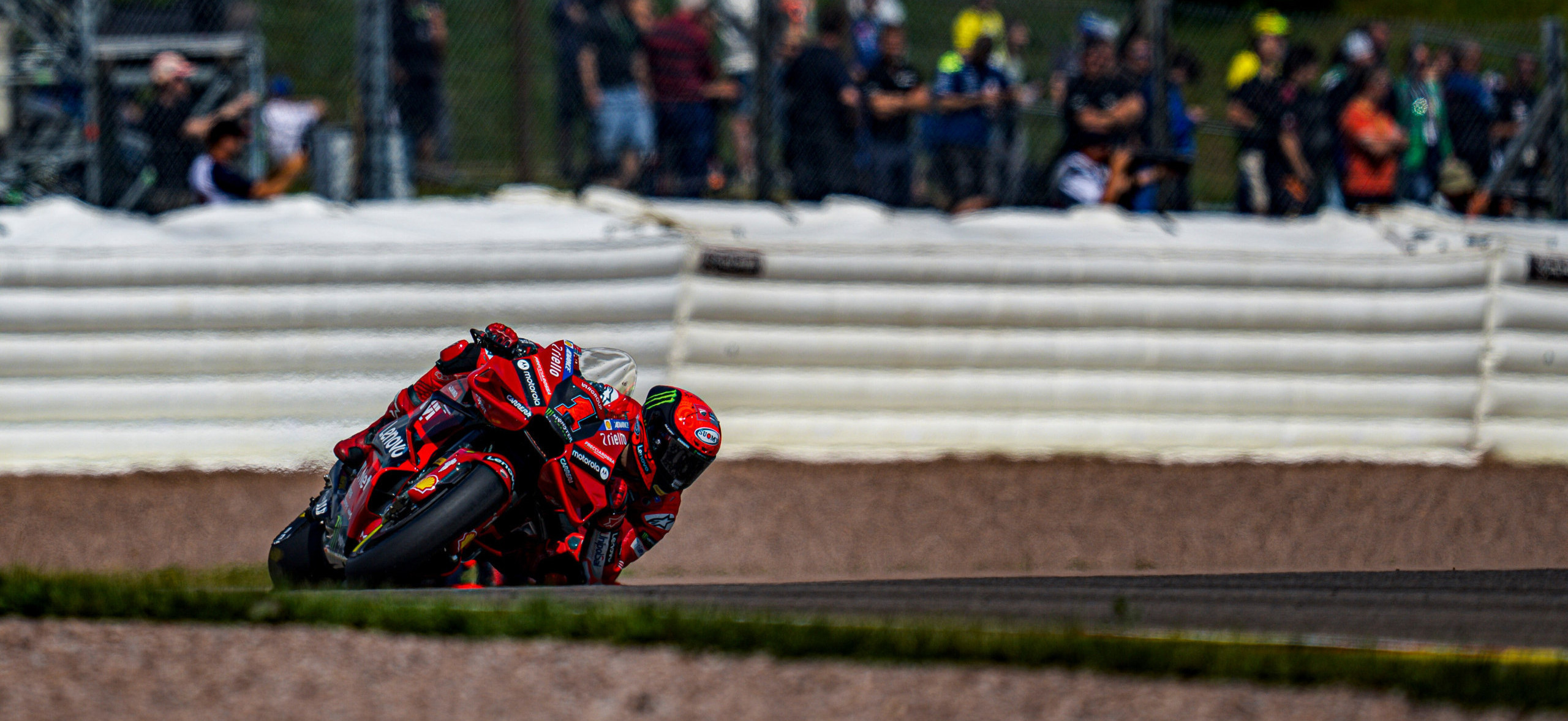

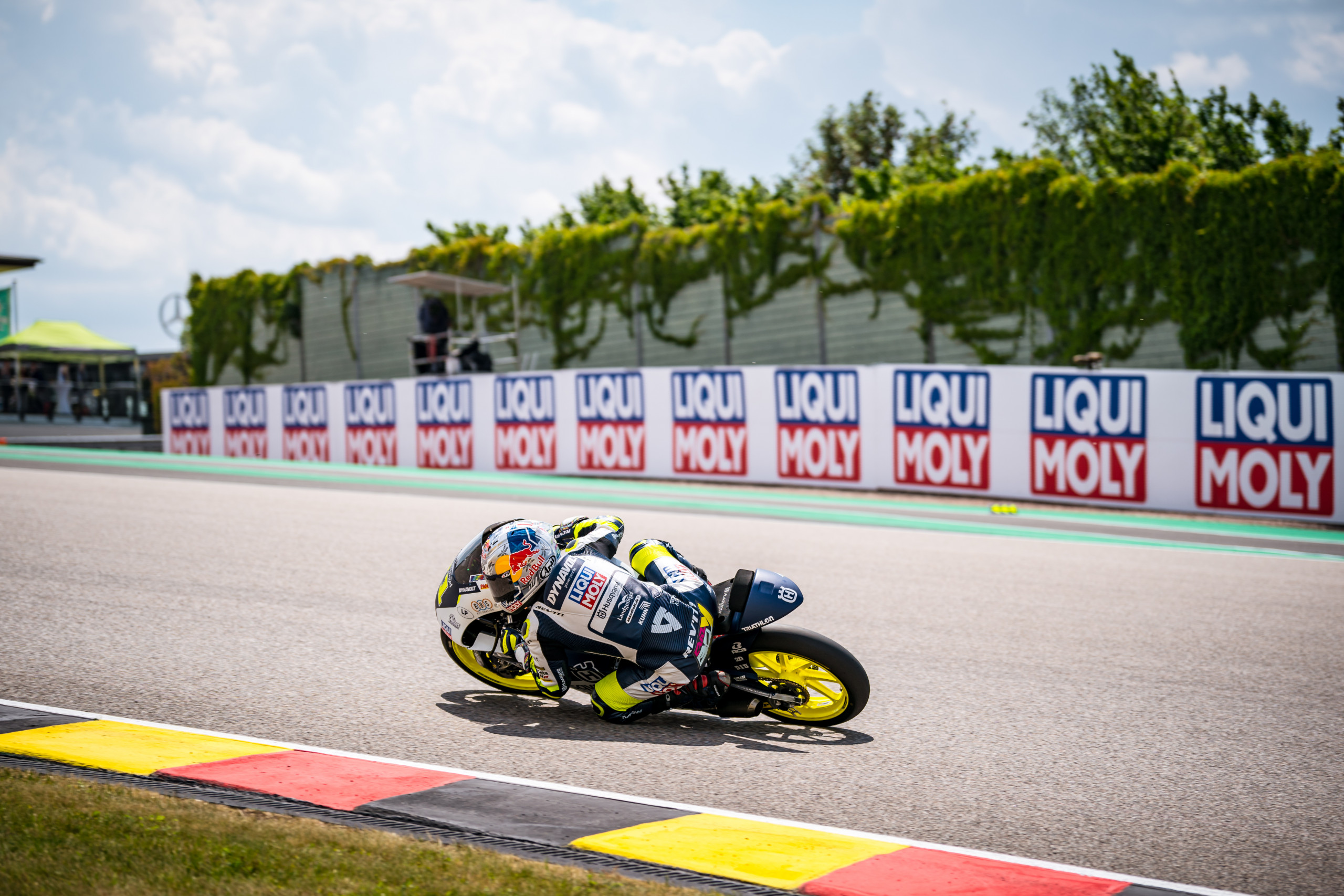
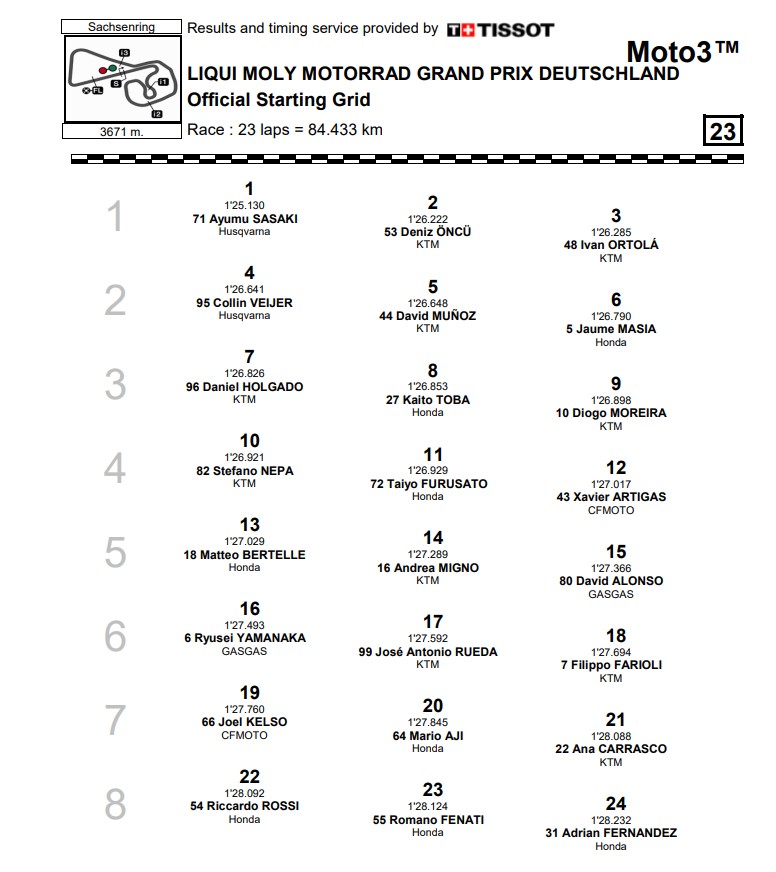

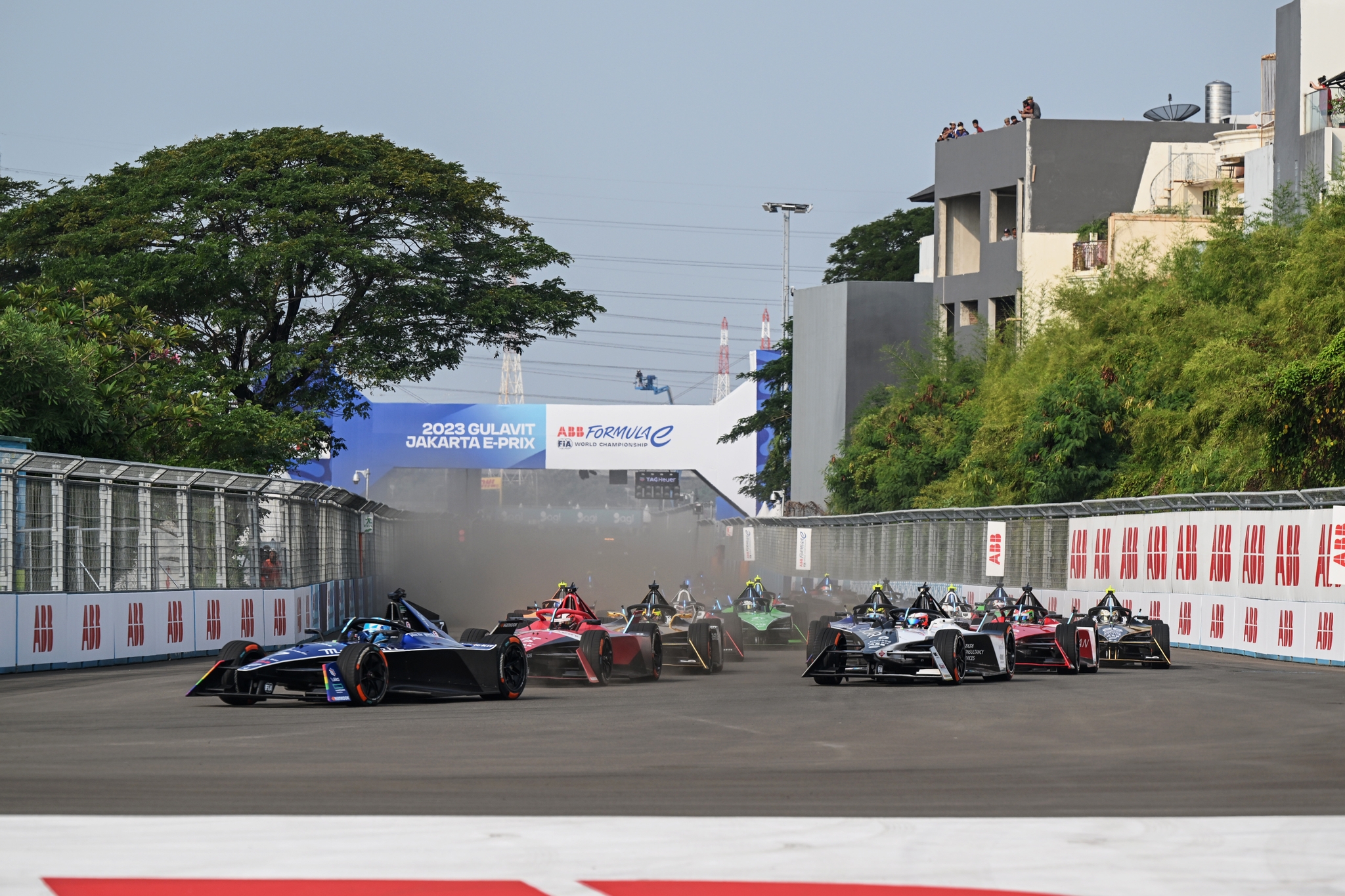
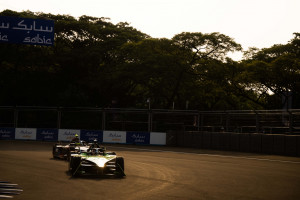
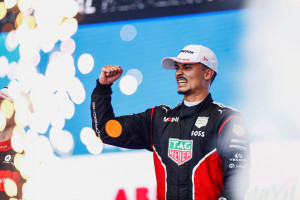
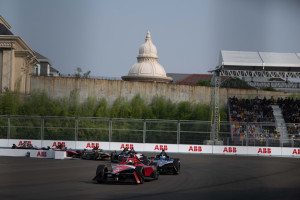
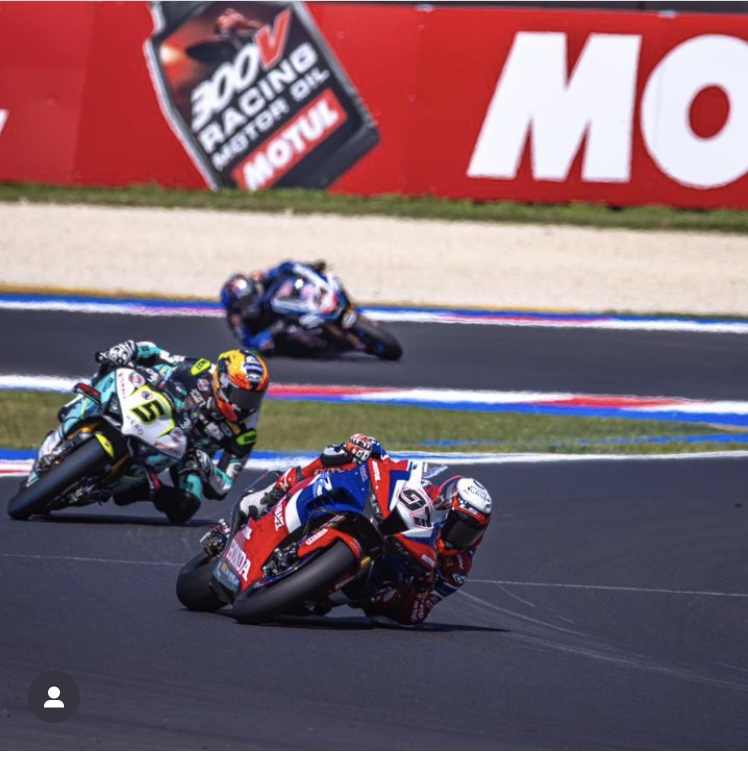
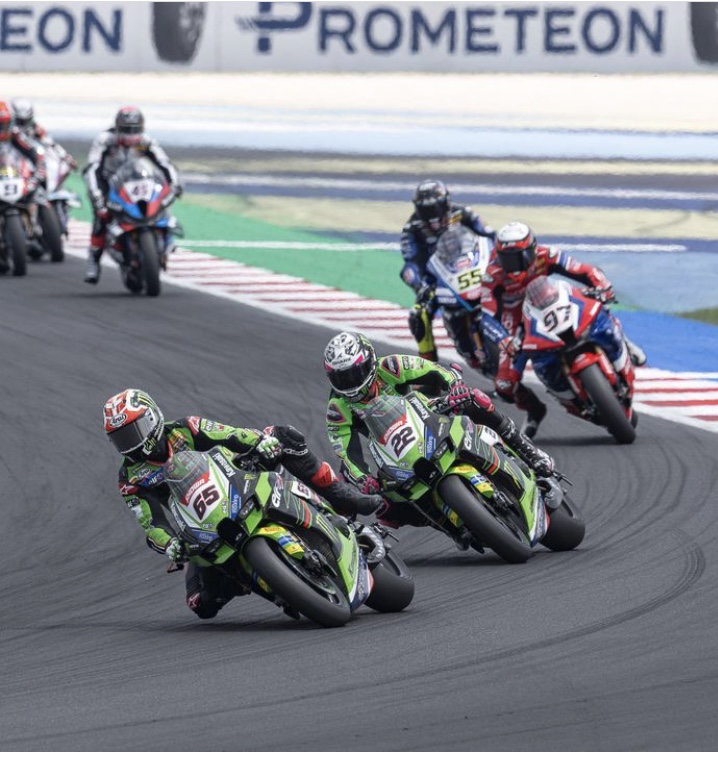
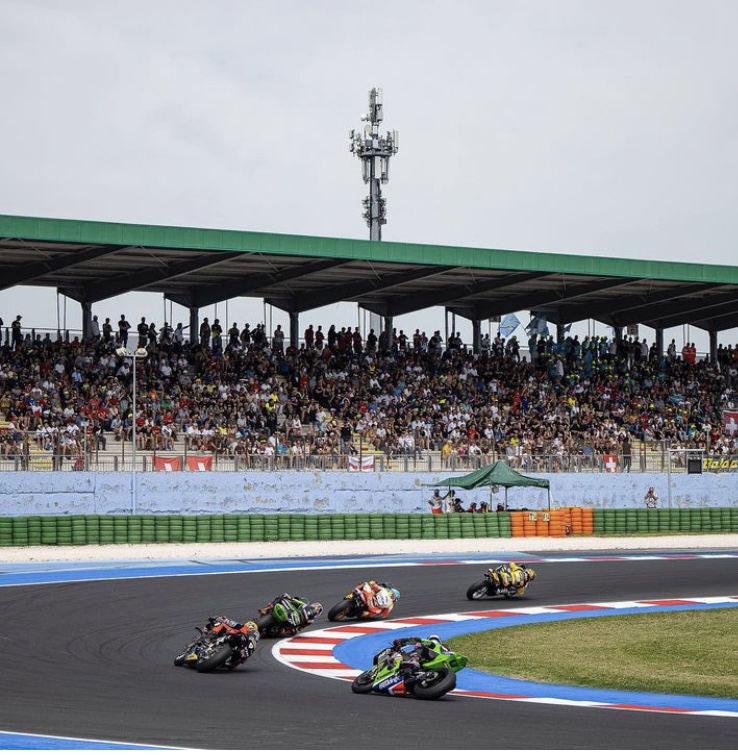
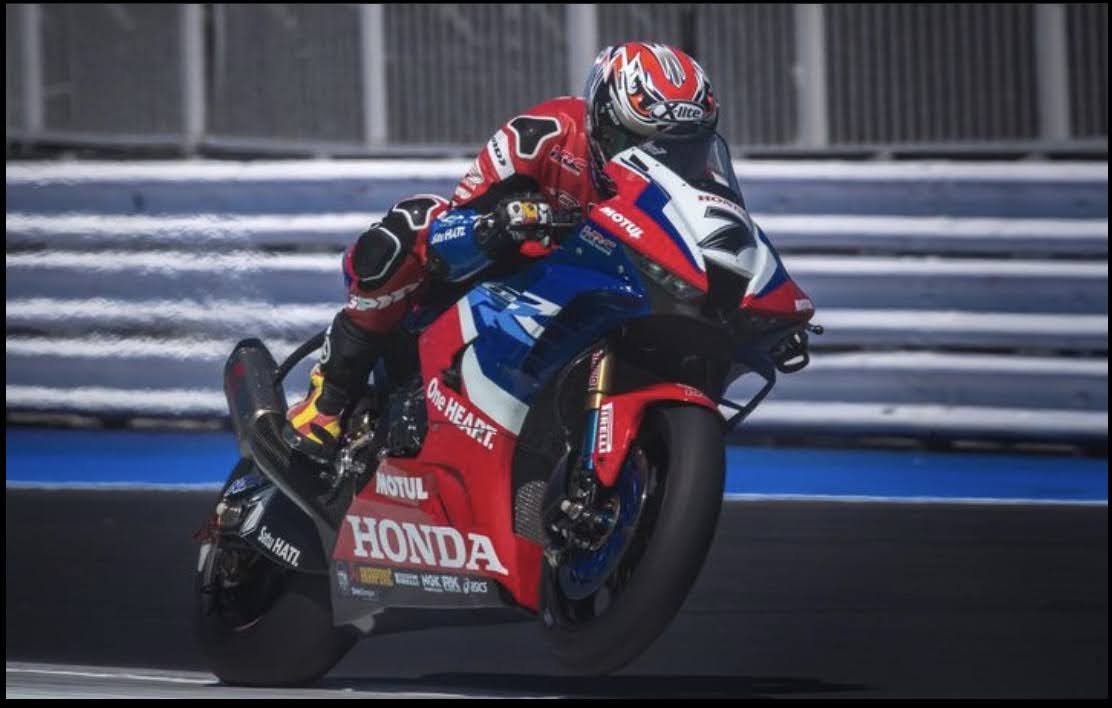
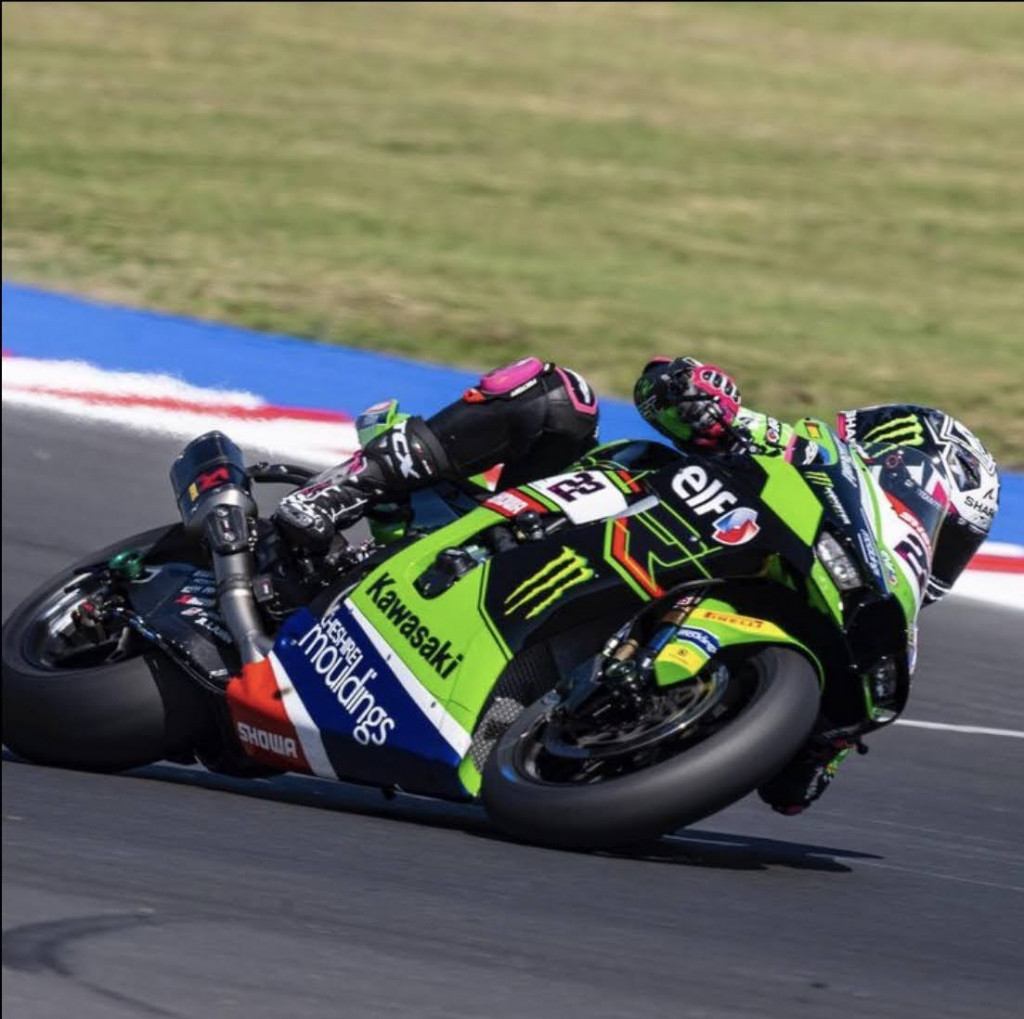
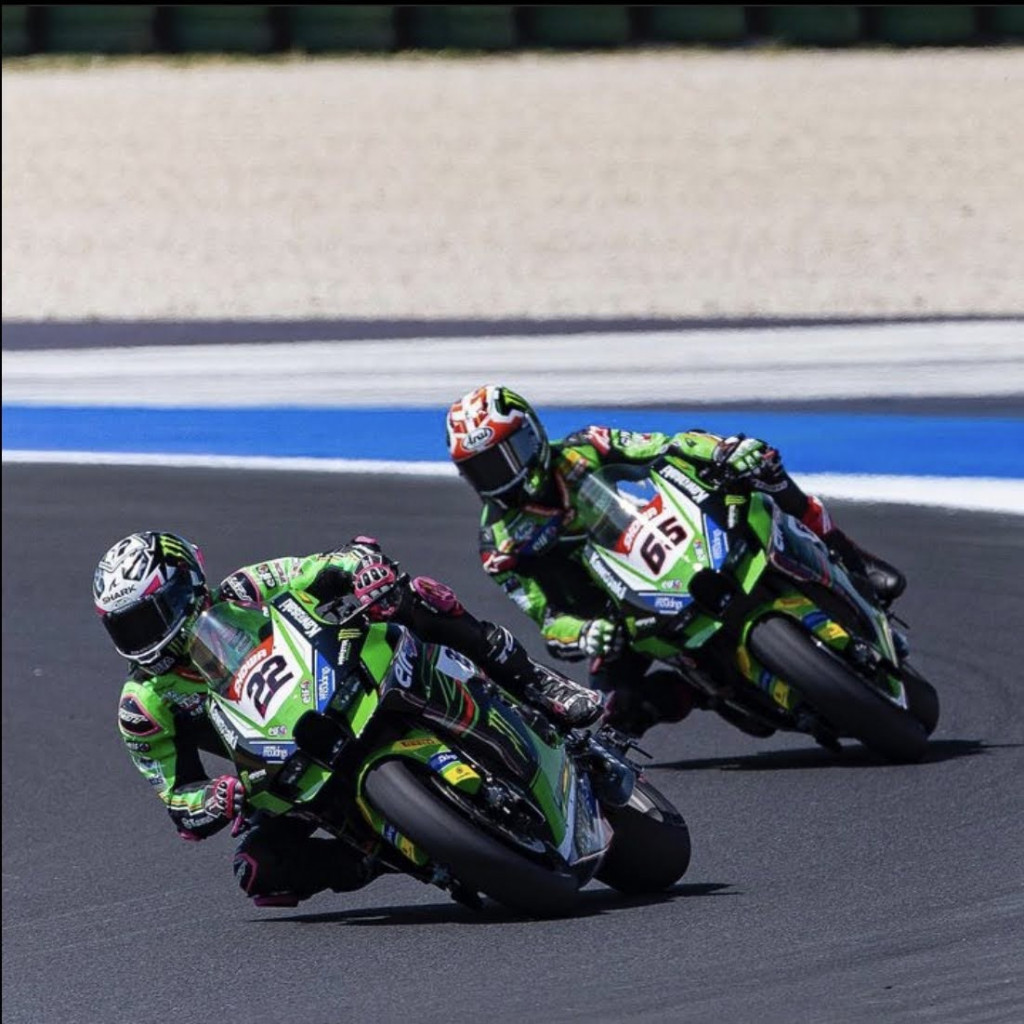
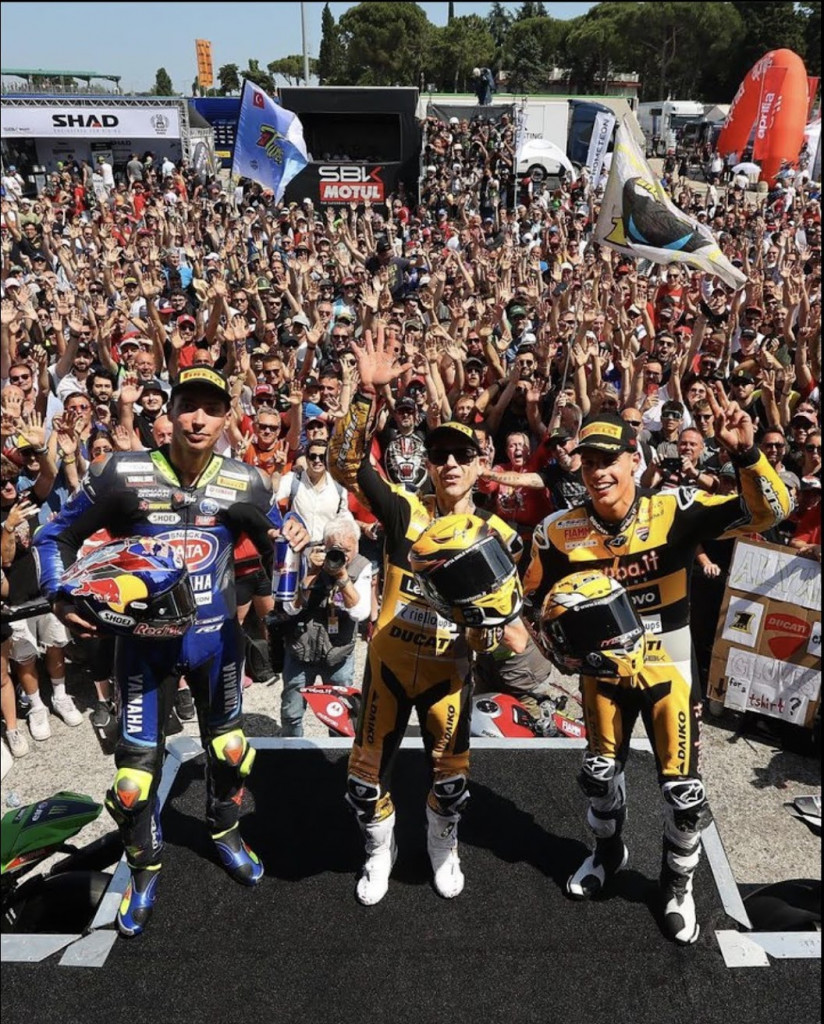
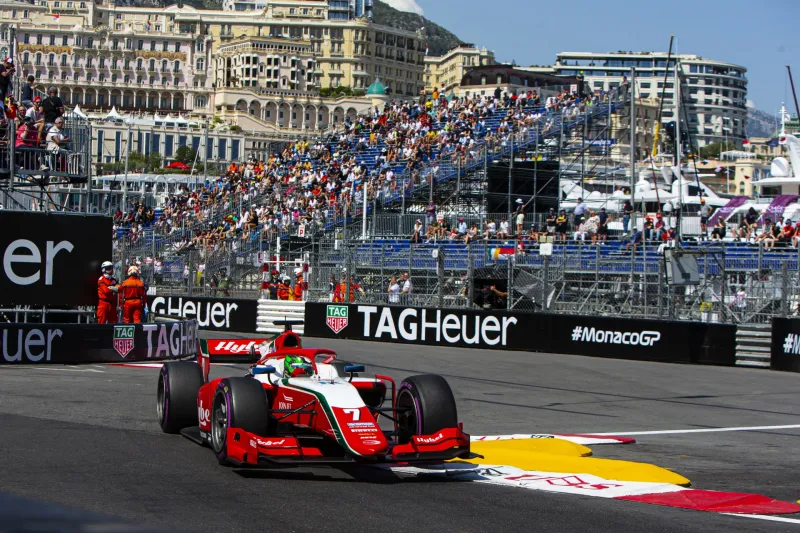
 X44 have won their first race of the season at Saturday’s Hydro XPrix after Andretti received a time penalty. Here’s how the day unfolded.
X44 have won their first race of the season at Saturday’s Hydro XPrix after Andretti received a time penalty. Here’s how the day unfolded.